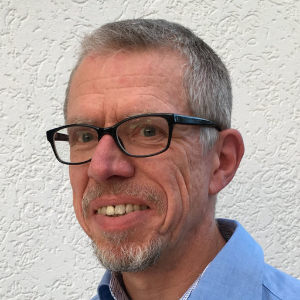Title : HDAC inhibitors with non-hydroxamate warhead
Abstract:
Compounds with a thiazolidinedione (TZD) functionality, so called glitazones, are known as PPAR?-activators and anti-diabetic drugs. The mode of action of these glitazones has extensively be investigated and is known in great
structural details. PPAR? is a prominent target with a key role in the regulation of glucose homeostasis and lipid metabolism. However, PPAR? is also vital to cancer cell growth regulation. Moreover, a combination treatment with histone deacetylase (HDAC) inhibitors and PPAR? agonists increased cytotoxic effects against various cancer cell lines in a synergistic manner resulting in proliferation arrest and apoptosis. A closer view at the TZD group led us to conclude that TZD compounds should be in principle capable of binding to the catalytic zinc ion at the bottom of the active site of zinc-dependent members of the HDAC protein family. This hypothesis has been confirmed by molecular docking. Therefore, we investigated the inhibitory effect of 225 TZD-analogs on HDAC4 and HDAC8. Different clusters with dual acitivity against PPAR? and HDAC4, or VEGFR-2 and HDAC4 were identified and mechanistically analyzed. Most potent compounds exhibit pronounced antiproliferative effects against tumor cells, and are also able to induce in-vivo tumor regression in animal xenograft tumor models.
Audience Take Away:
- TZD-compounds have versatile pharmacological effects.
- Terminal TZD-groups can serve as zinc-binding warhead of novel HDAC inhibitors
- Distinct clusters of TZD compounds have dual activity against tumor targets



